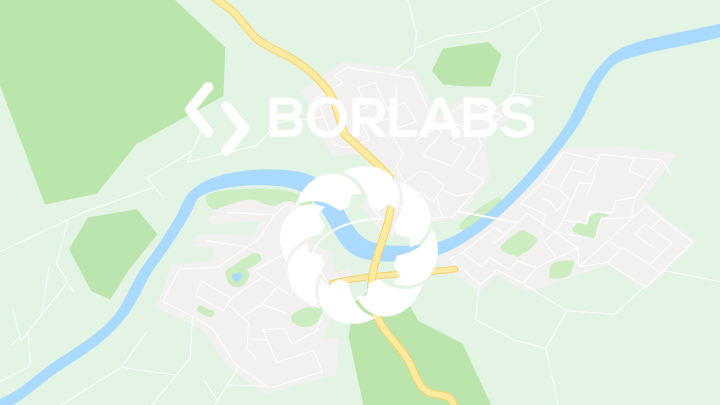
- Home
- 02_Laudry
 Laundry on the boardwalk | around 1910
Laundry on the boardwalk | around 1910 Laundry near the embankment | 1916
Laundry near the embankment | 1916 Laundry near the embankment | 1925
Laundry near the embankment | 1925 Laundry on the Promenade | around 1950
Laundry on the Promenade | around 1950 Laundry on the Promenade | around 1950
Laundry on the Promenade | around 1950 Laundry on the Promenade | around 1950
Laundry on the Promenade | around 1950 Laundry on the Bulwark | around 1950
Laundry on the Bulwark | around 1950 Laundry near the embankment | 1954
Laundry near the embankment | 1954
The Laundry
Malchow Monastery
Laundry
SHOW THE TEXT
The washing areas on the lake shores were known as “laundries”. While the many Malchow lake properties each had their own laundry, there were also specially designated washing areas at the end of the waterways for the other Malchow residents.
The laundry at the so-called bulwark was a public facility for the residents on the eastern bank of the monastery. It existed until the 1950s.
The construction of the laundry platform differrd to that of a jetty in that it could be adjusted in height via a chain mechanism in order to adapt to changing water levels. It was not unusual for the water level to vary as much as 30-50 centimeters between the autumn and the spring.
The clothes were not washed at the laundries but simply rinsed in running water. Any washing was done in the house, since hot water could be prepared there in specially adapted rooms. In the course of industrialization, especially from about the Wilhelmine era, the improvement in living standards led to an improvement in the working conditions in households. In Malchow, between 1870 and 1920, a conspicuous number of new, separate laundry rooms were built as extensions, which made everyday life considerably easier for the women.
The businessman, Fritz Henkel, invented the first heavy-duty detergent in 1907. The intrinsic bleaching agent, sodium perborate, rendered the hitherto common and costly lawn bleaching superfluous.
Shortly before the Second World War, a waterworks was built for the Malchow ammunition factory. It then began supplying the town’s households with running water.
The laundries were used well into the 20th century.
Today they have completely disappeared from the townscape.
Laundry
The washing areas on the lake shores were known as “laundries”. While the many Malchow lake properties each had their own laundry, there were also specially designated washing areas at the end of the waterways for the other Malchow residents. The laundry at the so-called bulwark was a public facility for the residents on the eastern bank of the monastery. It existed until the 1950s.
SHOW THE WHOLE TEXT
The construction of the laundry platform differrd to that of a jetty in that it could be adjusted in height via a chain mechanism in order to adapt to changing water levels. It was not unusual for the water level to vary as much as 30-50 centimeters between the autumn and the spring.
The clothes were not washed at the laundries but simply rinsed in running water. Any washing was done in the house, since hot water could be prepared there in specially adapted rooms. In the course of industrialization, especially from about the Wilhelmine era, the improvement in living standards led to an improvement in the working conditions in households. In Malchow, between 1870 and 1920, a conspicuous number of new, separate laundry rooms were built as extensions, which made everyday life considerably easier for the women.
The businessman, Fritz Henkel, invented the first heavy-duty detergent in 1907. The intrinsic bleaching agent, sodium perborate, rendered the hitherto common and costly lawn bleaching superfluous.
Shortly before the Second World War, a waterworks was built for the Malchow ammunition factory. It then began supplying the town’s households with running water.
The laundries were used well into the 20th century.
Today they have completely disappeared from the townscape.


Embankment

Laundry

Hospital

Smithy

Bulwark and Promenade

Church

Parsonage

Cloister Courtyard

Refectory

Dormitory

Deaconess's house

Wall Garden

Ladies' Retreat

Terraced Houses 1

Kitchen Master’s House

Terraced Houses 2

Administration Building

Jail

Barn terraced houses
and farm yard

Engels Garden

Monastery Cemetery

Cemetery Chapel

Burial Ground of the Conventual

Cartwright's Workshop
SHOW ALL OBJECTS
Embankment
Laundry
Hospital
Monastery Smithy
Bulwark and Promenade
Monastery Church
Parsonage
Cloister Courtyard
Refectory
Dormitory
Deaconess's house
Wall Garden
Ladies' Retreat
Terraced Houses | 1
The Kitchen Master’s House
Terraced Houses | 2
Administration Building
Jail
Terraced stable houses and farmyard
Monastery Cemetery
Cemetery Chapel
Burial ground of the conventuals
Cartwright's Workshop
Exact location in Google Maps

Mit dem Laden der Karte akzeptieren Sie die Datenschutzerklärung von Google.
Mehr erfahren
